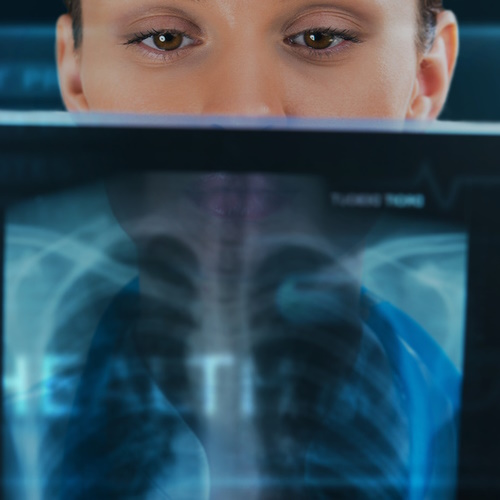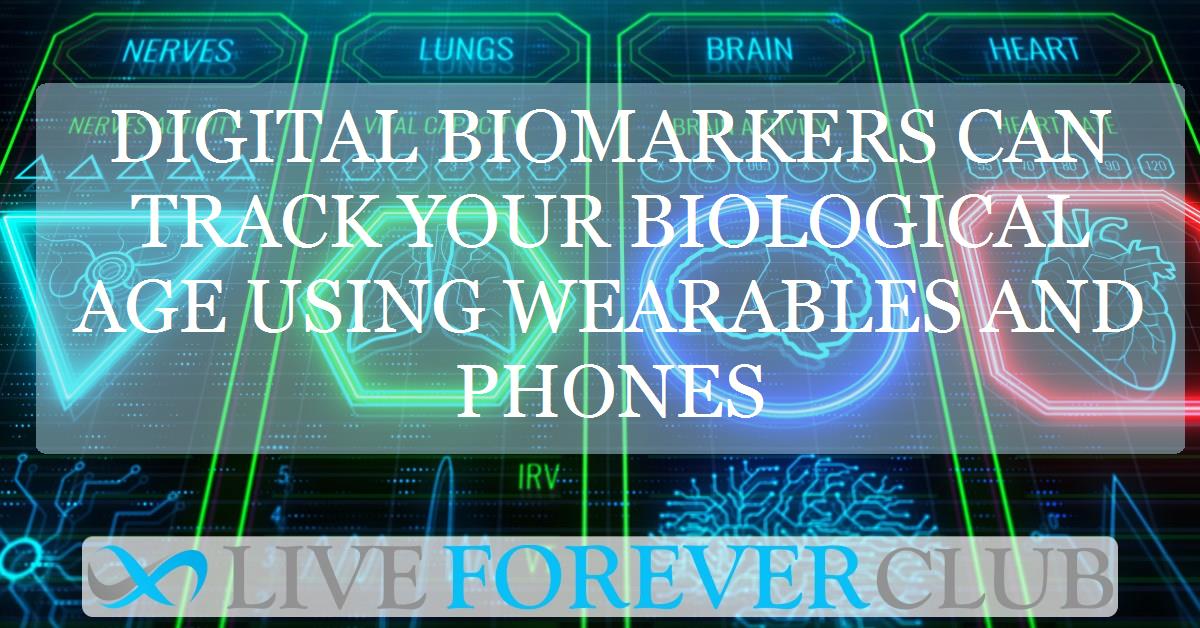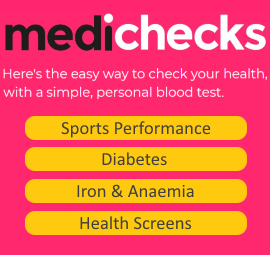We all celebrate birthdays, but inside, our body tells a different story. Your biological age reflects true physical wear and tear. This age depends on cells, tissues, and organs, not just your birth year.
Scientists now explore this hidden age using digital biomarkers. These are signals from devices like smartwatches, wearables, and smartphone apps. They measure small, daily changes in how your body works. This new approach helps track ageing in real time, at home.
The rise of digital biomarkers
Digital biomarkers capture continuous, real-world data. They track sleep, heart rate, movement, skin condition, hormone levels, and more.
Unlike blood tests or scans, these markers work during daily life. You don’t need a hospital visit or a lab. Your watch or phone collects the data while you cook, walk, or sleep.
Digital biomarkers link everyday patterns to ageing, disease risks, and overall health. They give people control over their own health journey, and help researchers test anti-ageing interventions.
Nervous system: signals from the brain and sleep
Ageing affects the nervous system deeply. Sleep cycles shift, memory fades, and thinking slows down.
Wearables can track sleep duration and quality, such as sleep efficiency and circadian rhythms. Many devices use wrist sensors to record body movements and sleep patterns.
Smartphones can test cognitive functions. For example, reaction speed and memory can be checked through simple screen tasks. Scientists also use smartphone photos to examine eye lens elasticity. Over time, lens stiffness indicates biological ageing.
These nervous system markers connect to mental decline and even mortality risks. They show trends across different ages, genders, and cultures.
Musculoskeletal system: power of movement
Your muscles and bones carry strong clues about ageing. Older adults often lose muscle strength, move slower, and have poor balance.
Digital biomarkers capture step counts, walking speed, stride length, and gait patterns. Wearables and smartphone accelerometers make these measurements easy and continuous.
Some devices measure muscle oxygen saturation using near-infrared sensors. Others track lactate levels in sweat during exercise.
Reduced physical activity, poor gait, and abnormal lactate levels all link to higher risks of heart disease and early death. These markers show how well your body moves and recovers.
Studies also use these biomarkers to check if exercise programs improve health in older adults. Some trials measure step count changes in people with heart problems or chronic lung disease.
Cardiovascular and respiratory system: vital signs at your fingertips
Your heart and lungs change as you age. Blood vessels stiffen, heart rate slows, and breathing patterns shift.
Wearables now measure heart rate, heart rate variability, blood pressure, arterial stiffness, and even cardiorespiratory fitness (VO2 max). Devices on your wrist, finger, or chest can collect these signals throughout the day and night.
These markers predict heart disease, stroke risk, and overall survival. For example, high resting heart rate and low heart rate variability often signal poor health.
Respiratory rate can be measured with wrist devices or rings. Breathing rate links to physical fitness and stress levels. Higher breathing rates also show up during illness or infection.
Using these markers daily allows for early warnings, before serious problems appear.
Gut and hormone health: silent messengers
Your gut microbiome changes with age, influencing digestion, immunity, and even mental health.
New ingestible sensors can measure gut gases. These small capsules send data to your phone, giving a window into your microbiome activity.
Wearable devices now measure glucose levels continuously. This helps track metabolism and diabetes risks. Some patches also measure cortisol levels, showing your body’s stress response.
High cortisol and glucose mean faster ageing and higher disease risks. Tracking them helps you adjust diet, exercise, and stress management in real time.
Skin and face: visible clues
Skin reflects age quickly. Wrinkles, sagging, and dark spots are all visible signals.
Smartphones can analyze face photos to track wrinkle depth and facial sagging. Advanced algorithms measure features like crow’s feet or smile lines.
Some smartwatches detect skin glycation, a chemical change linked to age and diabetes.
Skin changes also connect to heart health, physical strength, and mortality risk. They give fast feedback on lifestyle effects, like diet or sun exposure.
Reproductive system: more than fertility
In women, reproductive ageing shows through declining oestradiol levels, hot flushes, and changing body temperature.
Wearable rings, smart patches, and apps can track finger temperature and hormonal shifts. These markers help track menopause progress and link to brain and heart health.
While most studies focus on women, these signals may also reflect general ageing trends and risks in both sexes.
Real-world application: where we stand now
Digital biomarkers have entered some clinical trials. But they are often secondary outcomes, not main goals.
For example, researchers use step counts to see if a new drug helps seniors stay active. Some trials track heart rate variability to measure stress or recovery.
However, many digital biomarkers still lack large-scale validation. We need more studies across different ages, genders, and countries to prove their accuracy and usefulness.
Why we need more research
Digital biomarkers promise personalized ageing tracking. But without strong evidence, they risk giving false hopes or wrong advice.
Future studies must test them in large, diverse groups. Researchers also need to agree on standards to compare results across studies.
As new data arrives, digital biomarkers can move from side measures to core tools in health care and longevity research.
The future: your real-time ageing guide
Imagine checking your biological age on your watch every morning. You could see if your new diet, exercise routine, or sleep habits actually work. Digital biomarkers might soon make this possible. They offer low-cost, continuous, and user-friendly tools to track ageing and disease risks.
These technologies can empower people to take charge of their health. Doctors can use them to personalize treatments, detect early problems, and support longer, healthier lives.
The potential is huge. But to get there, we need strong science, clear standards, and fair access for everyone.
The study is published in the journal The Lancet Healthy Longevity. It was led by Jessica K Lu, MEng from National University of Singapore.






